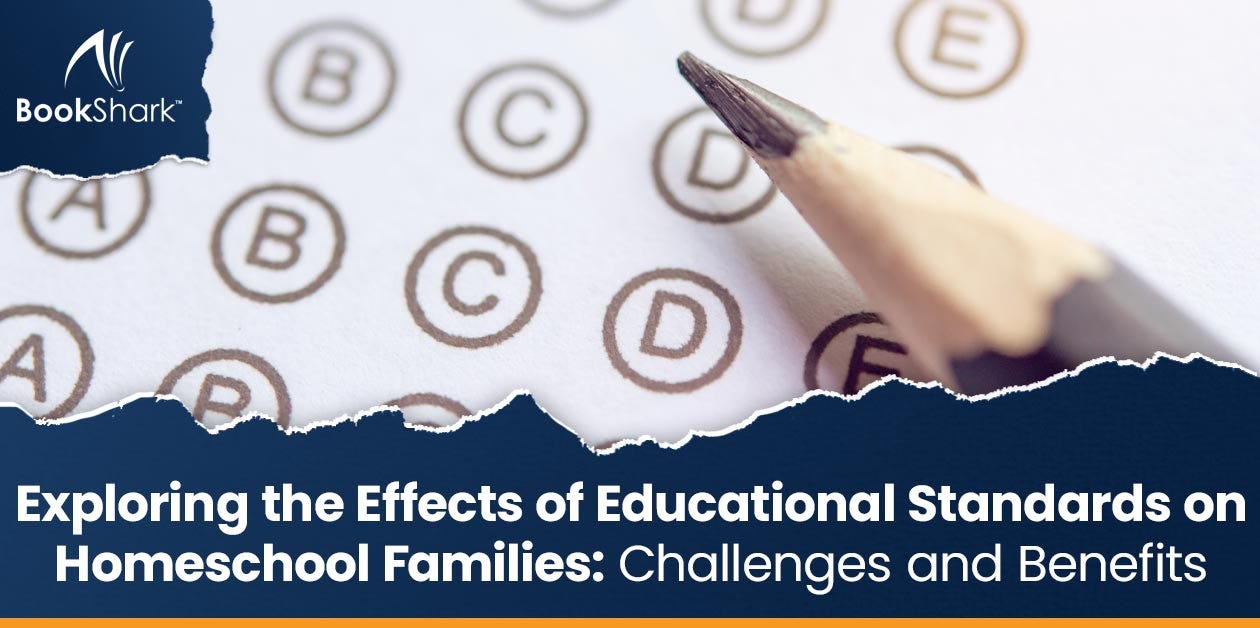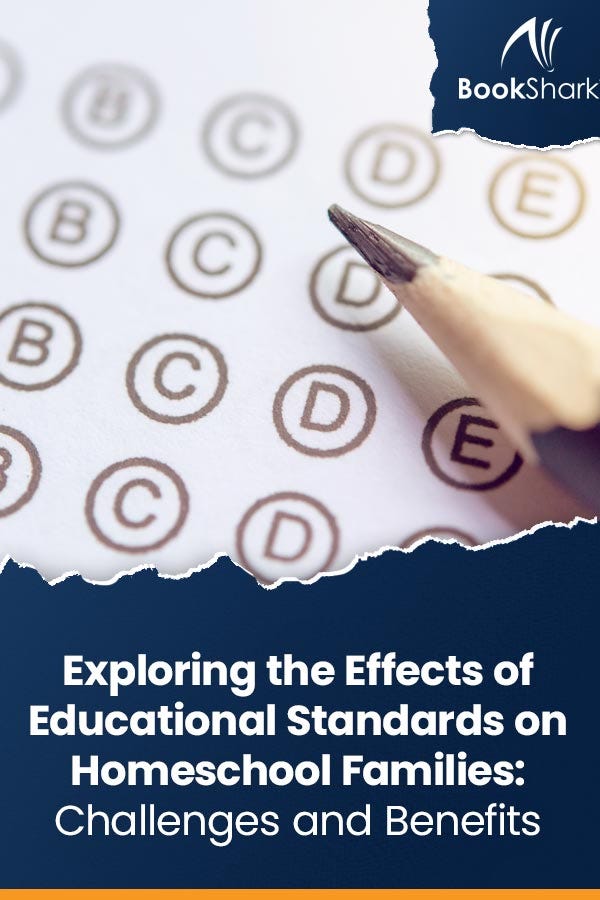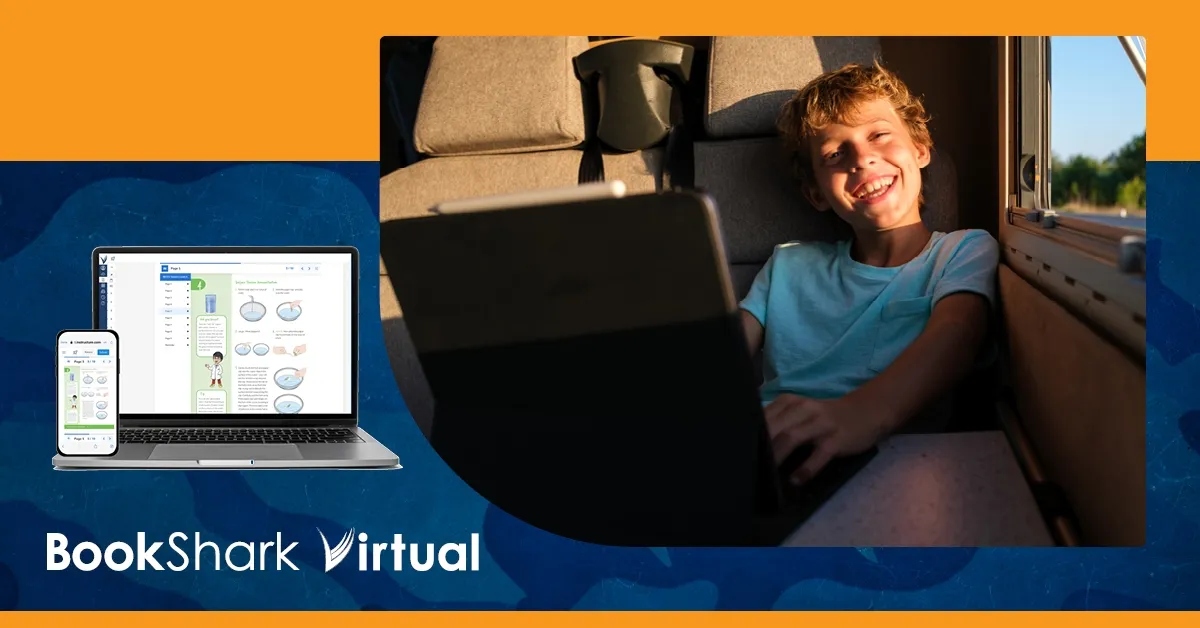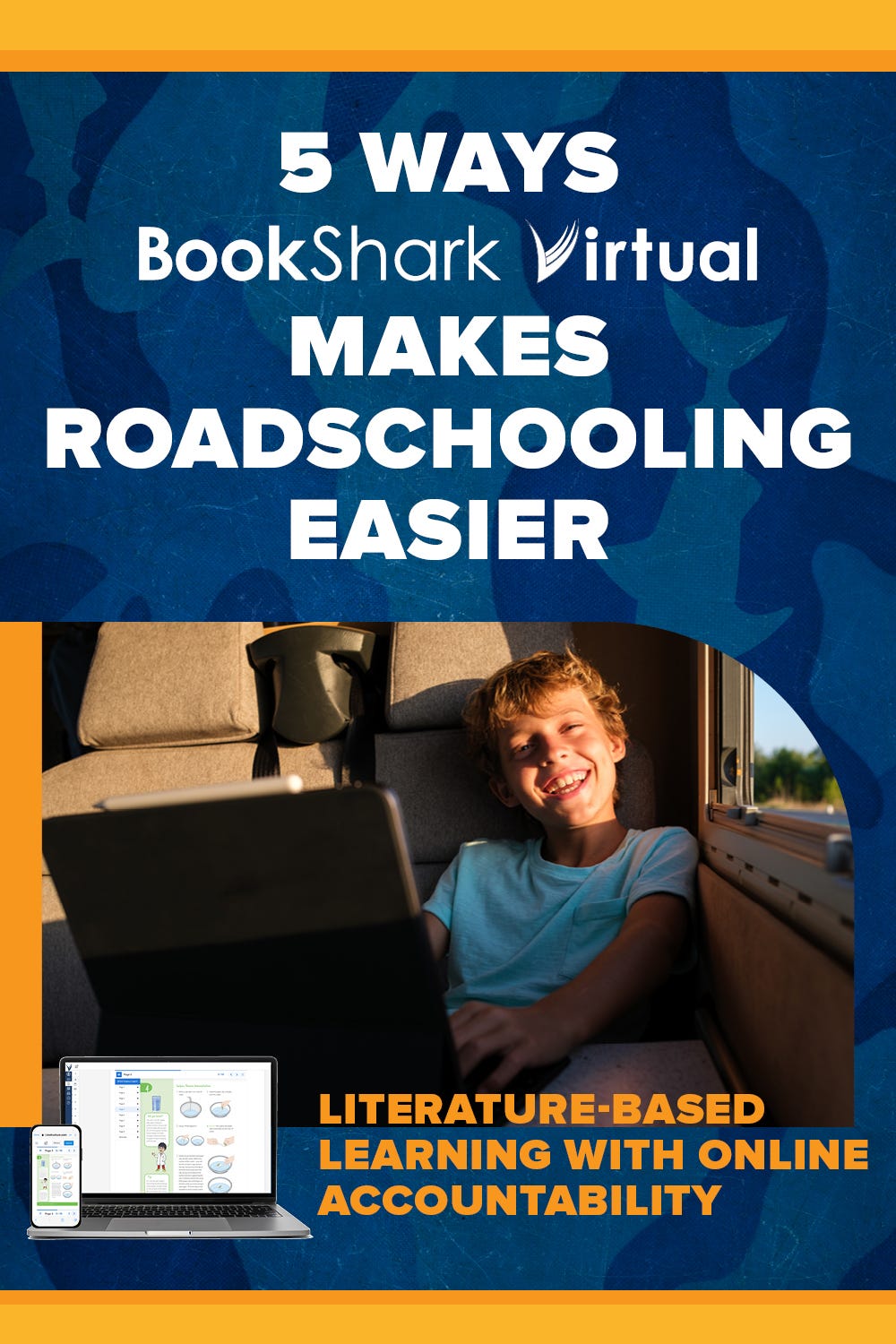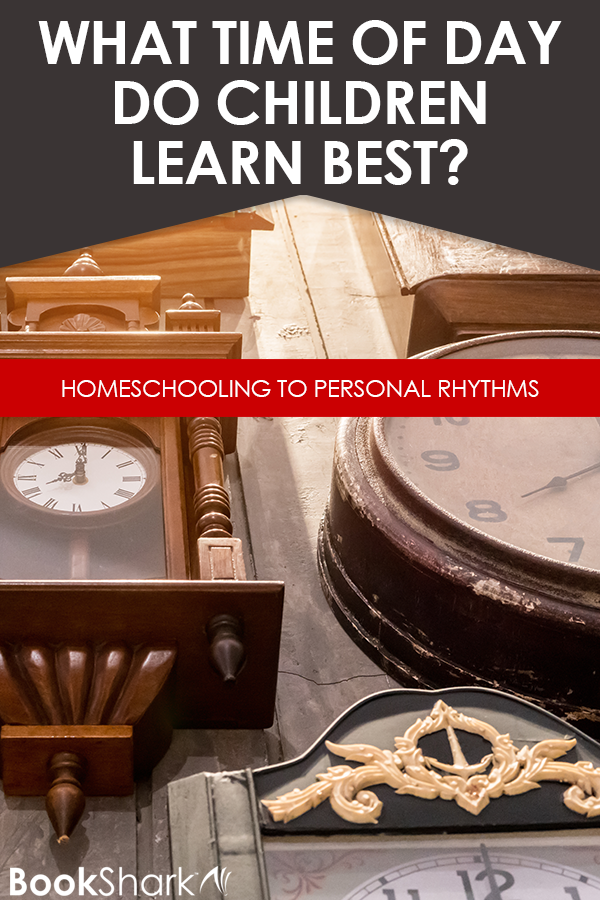I want to develop my child’s natural love of learning. But some days it seems he’s more interested in smashing through the next level of a favorite video game than doing his homeschool assignments.
Yes, kids can lose steam with their school work even with the most engaging of curriculum. Encouraging a child’s accountability for their assignments is a challenge, but it is a worthwhile endeavor. When you can motivate your child, you curb their dawdling, you teach them time management, and—in the long run, you raise a young person who can self-regulate.
So, what can a parent do to help a child who seems to be slacking? How can a homeschool parent provide the accountability a child needs without micromanaging?
1. Creating a Partnership Between Kids and Parents
First, we need to understand that sometimes what looks like slacking can actually be boredom or feeling trapped in a routine that they have little control over.
Creating a partnership between yourself and your child is a great step in encouraging accountability and responsibility. It begins by listening to each other and respecting each other.
The outcome of this dialogue will likely include giving children control over their education. Look for all the possible ways you can allow them to choose. Some kids prefer a more structured homeschool plan of checklists while other kids may enjoy an unstructured rhythm. Your child may prefer to do much of their work online, while others may prefer hands-on activities, or a literature-rich approach. Give them ownership over their education by letting them choose topics, curriculum, schedules, formats, etc. The more control they have, the more motivated they will be.
2. Getting Kids Invested in Their Work
A child’s interests can be a great way to get them invested in their work if they are slacking off. Ask your children what they want to learn about. This shows that you care and value their opinions.
Is your child interested in
- American history?
- art?
- astronomy?
- rocks?
- sharks?
- wilderness survival?
Any of those topics can be the focus of a rich homeschool study. Let your kiddo choose the topic! Go to the library and pick books and videos all about the thing that interests them. Let your kid read, research, and dive deep. When your child has satisfied the thirst for knowledge on that subject, let them pick another topic! Or perhaps you may want to have several different interests going at the same time.
If you are concerned about leaving out any particular topics, be assured that you can cover nearly every academic subject with almost any topic. Look for the connections between your child’s current passion and math, science, social studies, English, writing, and history. And then set them free to learn with full excitement!

3. Empowering Accountability
To be successful at anything, our children need accountability to be responsible. The primary way to instill responsibility is two-fold:
- be clear about expectations
- help your child set bite-sized goals to work through
In all things remember that you want to preserve the joy of learning. So take a step back and consider whether you need to adjust your expectations when your kids appear to be slacking.
External force and negative incentives (punishments) have been proven to be poor motivators in the long run. On the other hand, positive reinforcement and natural consequences are far better ways of building a work ethic in children.
4. Modeling Accountability
If you really want to bring home the idea of accountability, then show your kids by modeling that behavior in your life. Show your curiosity for learning new things, and your kids will do the same.Let them see your personal goal setting and then demonstrate consistency in achieving your own goals even when you’d rather do something else.
Let’s face it, we as adults don’t find certain tasks enjoyable either. How many times have we put off taking out the trash, making an important phone call, or creating that spreadsheet for work?
Showing our kids that even the boring tedious tasks must be done, develops a sense of accountability in our lives and the lives of our young learners. Monkey see, monkey do, so to speak.
5. Rewarding Effort
Finding a balance between external rewards (such as screen time, money, gold stars, or candy) and the internal reward of a job well done is key.
Done sparingly, rewards can be good motivators for reluctant learners who are prone to slacking. But try to encourage effort over outcome. This attitude sets your child up for a growth mindset which helps them overcome obstacles later in life.
As a homeschool mom, I always want to to lovingly motivate my kids instead of using force. Rewards can be helpful but may not ultimately change behavior. So, it’s important to encourage perseverance. Teach problem-solving skills while also giving your children the freedom to choose their interests to get them invested in their work.
It’s not easy as a parent to traverse the continuum of pushing our kids too much to the other extreme of coddling and over-sheltering them. But we can all agree that accountability in adulthood is forged in the early years. Now is the time to lay that foundation with loving accountability!f positive emotional and social benefits far beyond merely escaping a negative public school environment where bullying is rampant.

About the Author
I’m Erin, an introverted homeschooling mom to two intense extroverted kids. We are child led with a heavy emphasis on read alouds, games, art, nature hikes, and hands-on everything! My kids just learn better when they can use their hands. You can find me at Nourishing My Scholar.
We traded the hustle and bustle of city life for the quiet that only farm life can provide. This creates a wonderful environment for our children, complete with chickens, goats, ducks, and cows. I’m a huge fan of Harry Potter and Gilmore Girls. When we’re not homeschooling, you’ll find me curled up with a cup of coffee and a good book or possibly enjoying a random dance party in the front yard to the newest Disney soundtrack.


